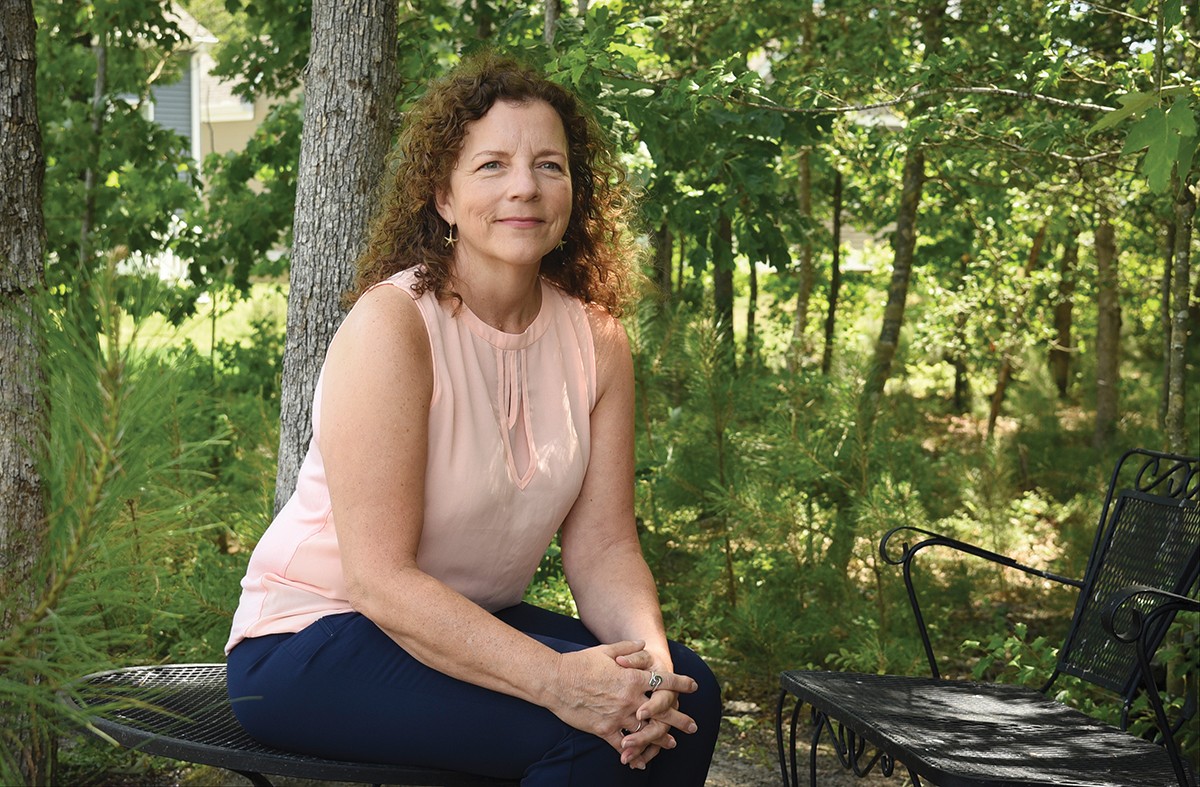Open Educational Resources: A Win-Win

Open Educational Resources (OER), a concept that has been evolving for more than a decade, holds great potential for both educators and students. Wilmington University is looking to tap that potential.
“I see it as the wave of the future,” says Dr. Sallie Reissman, assistant vice president and dean of the College of Online and Experiential Learning.
OER encompasses teaching and learning materials that are freely available online for instructors, students, or anyone interested in learning. These materials can be used, reused, modified and shared openly. Examples of OER include full courses, course modules, syllabi, lectures, homework assignments, quizzes, lab and classroom activities.
Integration of the University library’s data bases is a major component of OER, says Dr. Reissman. “It will focus students on the scholarly materials there rather than random online sources.”
Dr. Stephen Buchanan, director of Instructional Design, says research pinpoints two major advantages of OER. “First,” he says, “students generally have a positive experience with OER in terms of accessing and interacting with course content. This is an important consideration in that ease-of-access to educational materials is a central challenge to transitioning from traditional commercial textbooks to OER. Second, student performance tends to remain the same, or, in some cases, increase slightly with the use of OER versus a traditional text.”
So far, just a handful of colleges and universities have gone all-in on OER. At WilmU, an “OER Knowledge Cloud,” with more than 4,000 published records and file archives, already exists on the University website.
Librarian and Assistant Professor Melissa Jones will be instrumental in growing OER. She was selected to participate in a certification program conducted by the Open Textbook Network. Jones, who was scheduled to complete the certification in September, cites another OER plus that should appeal especially to cash-strapped students: It can reduce the need for textbooks.
“Textbooks average about $100 and can cost up to $200 brand new,” she says. “In the past decade, the cost has increased at three times the rate of inflation.”
This leads students to buy older editions or use their financial aid to purchase books . “Or,” she says, “they don’t buy one at all. This is particularly concerning.” In extreme cases, she says, the student drops the course because of the textbook cost.
Dr. Buchanan says decisions about adopting OER into curricula lie within the leadership of the academic colleges. “The instructional design team works with the colleges to design online content at the institution,” he says. “We work closely with department chairs, subject matter experts, and the university’s library to facilitate the use of OER in online course development.”
Dr. Reissman says a major goal is to develop an entire degree program online with OER. “We could market it by pointing out that, based on current textbook costs, it would save the student thousands of dollars over the course of a program by going textbook free.”
Like online learning, OER has the potential for far-reaching effects in academia, according to Dr. Reissman. “It will take multiple years, but it is a great path to take.”



